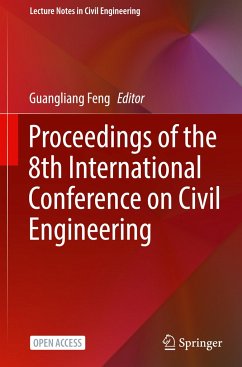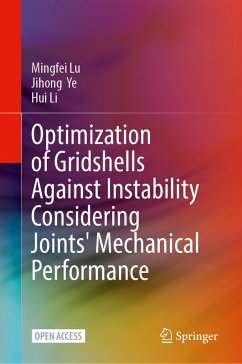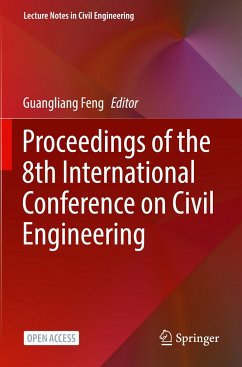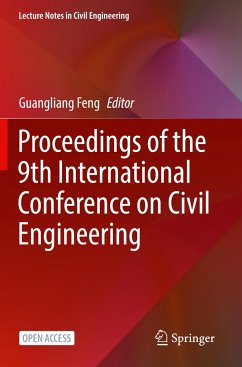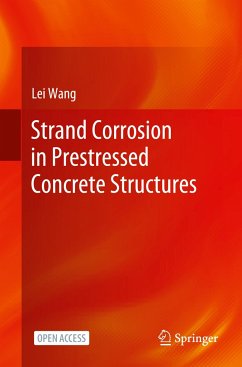
Ground Anchors
Tension Force-Vibratory Analysis
Versandkostenfrei!
Versandfertig in 6-10 Tagen
38,99 €
inkl. MwSt.

PAYBACK Punkte
19 °P sammeln!
This open access book introduces a non-destructive vibration analysis method for calculating the internal tension force of tested tie rods. This method was formalized in 2003 and patented after two years of investigation, with the patent expiring in 2005. The objective of the book is to present this method through numerous concrete examples. It covers the theory and principles of instrumentation, explaining how vibratory responses are analyzed to calculate the free and total lengths of the tie rod, as well as its diameter, which includes the reinforcement and its grout. The data obtained from ...
This open access book introduces a non-destructive vibration analysis method for calculating the internal tension force of tested tie rods. This method was formalized in 2003 and patented after two years of investigation, with the patent expiring in 2005. The objective of the book is to present this method through numerous concrete examples. It covers the theory and principles of instrumentation, explaining how vibratory responses are analyzed to calculate the free and total lengths of the tie rod, as well as its diameter, which includes the reinforcement and its grout. The data obtained from this method can be utilized to:
Verify that tie rods adhere to drawingsResize tie rods
A notable strength of this book lies in demonstrating the relationship between dynamic stiffness and the tension force of the tie rod, along with the calibration method using static tensile tests. However, performing static tensile tests at heights poses difficulties due to equipment weight, and there is a genuine risk of failure, especially for older tie rods. The book addresses important aspects such as the uncertainty of results and sampling.
The examples provided in the book primarily stem from tests conducted in Brazil, where more than 2,000 tie rods were tested over a two-year period on motorway and railway retaining walls. In practical terms, this amounts to 16,000 non-destructive tests as each tie rod is tested eight times. These aging structures, in existence for several decades, exhibit load losses ranging from 1% to 5.5% per year during these periods. The book acknowledges the observation of cyclic load effects on these reinforcements, which warrant further investigation.
In one of the tested walls, a limited number of tie rods were re-tensioned. Retaining wall managers increasingly employ this method for maintenance diagnostics. It allows for a representative sample to be taken, providing insight into the existing conditions.
Verify that tie rods adhere to drawingsResize tie rods
A notable strength of this book lies in demonstrating the relationship between dynamic stiffness and the tension force of the tie rod, along with the calibration method using static tensile tests. However, performing static tensile tests at heights poses difficulties due to equipment weight, and there is a genuine risk of failure, especially for older tie rods. The book addresses important aspects such as the uncertainty of results and sampling.
The examples provided in the book primarily stem from tests conducted in Brazil, where more than 2,000 tie rods were tested over a two-year period on motorway and railway retaining walls. In practical terms, this amounts to 16,000 non-destructive tests as each tie rod is tested eight times. These aging structures, in existence for several decades, exhibit load losses ranging from 1% to 5.5% per year during these periods. The book acknowledges the observation of cyclic load effects on these reinforcements, which warrant further investigation.
In one of the tested walls, a limited number of tie rods were re-tensioned. Retaining wall managers increasingly employ this method for maintenance diagnostics. It allows for a representative sample to be taken, providing insight into the existing conditions.



